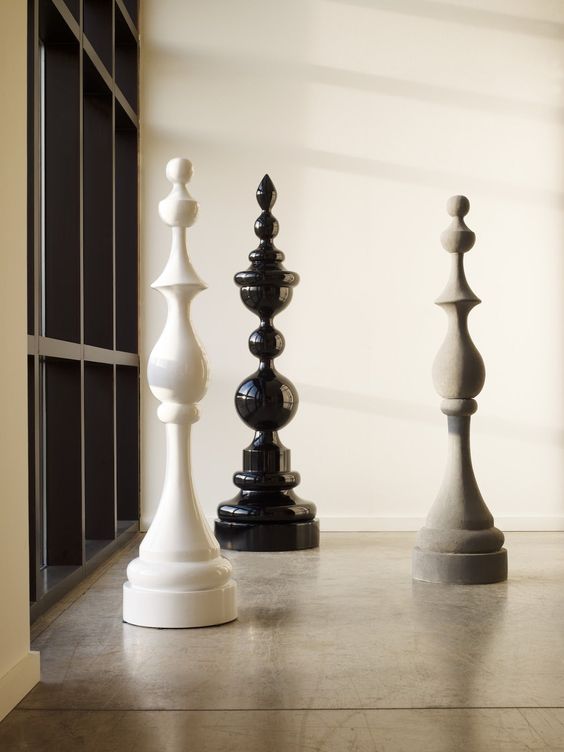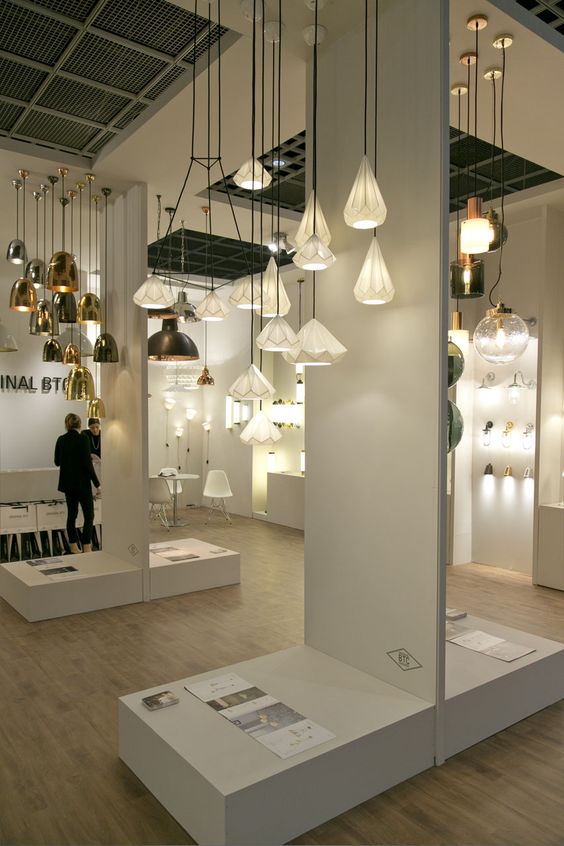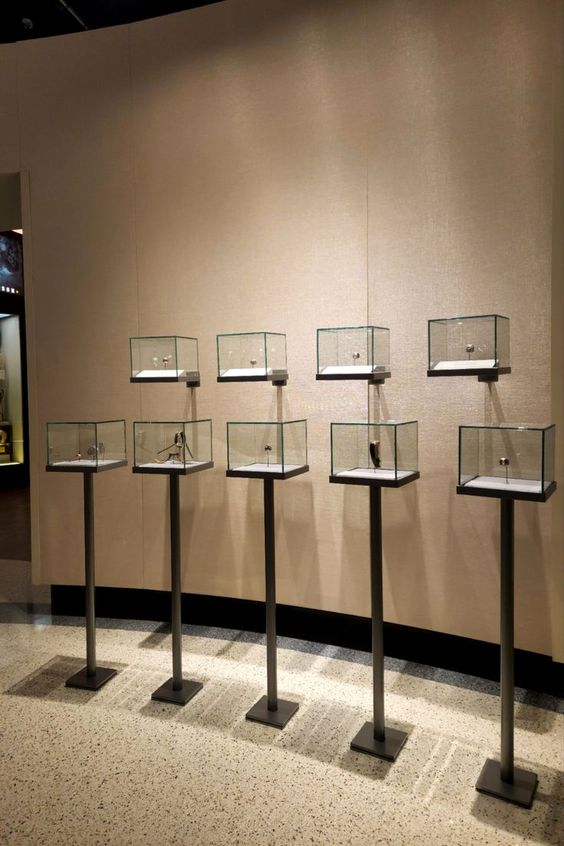The Fine Art of Curation: Displaying Collections with Elegance
Curation is an art form in itself – the ability to curate and display objects with elegance and sophistication is a highly sought-after skill in the world of luxury. Whether it’s a collection of rare books, exquisite jewellery, or fine art pieces, how these objects are curated and presented can greatly enhance their value and appeal. But what exactly is the fine art of curation, and why is it so important in luxury?
In this blog, we will delve into the world of curation and explore how it can elevate the luxury living experience.
The importance of curation in displaying collections
Curation plays a pivotal role in showcasing collections, transforming them into captivating displays. It goes beyond mere arrangement, shaping the narrative and aesthetic appeal. Here’s why curation is essential:
- Tells a Story: Curating a collection allows you to tell a compelling narrative through the arrangement of items.
- Enhances Aesthetics: Thoughtful curation elevates the visual appeal, creating a harmonious and aesthetically pleasing display.
- Highlights Significance: Through curation, you can emphasize the importance of each item, drawing attention to unique features or historical relevance.
- Promotes Cohesiveness: A well-curated collection promotes cohesiveness, ensuring that each piece complements the overall theme and style.
- Captures Attention: A curated display captures the viewer’s attention, encouraging them to engage with the collection on a deeper level.
- Reflects Personal Style: Curation allows you to express your personal style, infusing your personality into the arrangement of items.
- Maximizes Impact: Strategic curation maximizes the impact of each piece, creating a memorable and lasting impression on viewers.
- Encourages Exploration: A curated collection invites exploration, encouraging viewers to delve into the details and stories behind each item.
Overall, the importance of curation in displaying collections goes beyond aesthetics; it is a dynamic process that adds depth, meaning, and impact to your cherished items. Whether it’s artwork, artifacts, or memorabilia, thoughtful curation enhances the overall experience for both the curator and the audience.
Choosing the right pieces for your collection

Selecting the perfect pieces for your collection is a thoughtful process that involves considering various factors. Begin by defining the theme or focus of your collection. Identify what resonates with you and aligns with your interests or objectives. Active engagement in this initial step sets the foundation for a cohesive and meaningful collection.
Explore diverse sources to discover potential additions. Attend art galleries, auctions, or specialty stores to find unique and distinctive pieces. Utilize online platforms and social media to connect with artists and fellow collectors. Actively seeking out pieces ensures a well-rounded and curated collection.
Evaluate the condition and authenticity of each potential addition. Vigilance in assessing these aspects safeguards the quality and value of your collection. Consider the visual impact of each piece within the context of your collection. Look for pieces that complement and enhance the overall aesthetic.
Budgetary considerations are crucial. Establish a realistic budget to guide your acquisitions. This proactive approach ensures financial responsibility and prevents impulsive purchases. Negotiate prices when possible, maximizing the value of your investment.
Lastly, trust your instincts. The emotional connection you feel with a piece is a valuable factor in the selection process. Your collection should reflect your personal taste and resonate with you on a deeper level. By following these steps, you’ll be well-equipped to choose the right pieces that contribute to a curated collection tailored to your unique vision and preferences.
Creating a cohesive visual aesthetic
Crafting a cohesive visual aesthetic involves thoughtful choices to ensure harmony and unity in your design. Begin by establishing a color palette, selecting hues that complement and reinforce your desired theme. Active decision-making in this initial step sets the tone for a visually harmonious outcome.
Transition smoothly between design elements. Create a fluid flow by incorporating consistent patterns, textures, or shapes throughout your space. This approach guides the viewer’s eye and maintains visual coherence.
Select furniture and decor that align with your aesthetic vision. Each piece should contribute to the overall theme, promoting a sense of unity. Ensure that the scale and proportions of items complement one another, fostering balance in the arrangement.
Utilize lighting strategically to enhance the visual appeal. Illuminate key focal points and create a balanced distribution of light to avoid uneven shadows. Well-placed lighting contributes to the overall atmosphere and reinforces the aesthetic you aim to achieve.
Consider negative space as an active element in your design. Allow breathing room between objects to prevent visual clutter. This intentional use of negative space contributes to a clean and organized aesthetic.
Regularly reassess and refine your design choices. A cohesive visual aesthetic is an evolving process. Make adjustments as needed to maintain the overall harmony and achieve the desired impact. By actively incorporating these principles, you’ll create a visually cohesive and appealing environment that reflects your unique style and design sensibilities.
Utilizing lighting and space to enhance your display

Enhancing your display involves strategic use of lighting and space. Begin by considering the layout and arrangement of your items. Arrange them to optimize visibility, creating a visually engaging display.
Active utilization of ambient lighting is crucial. Illuminate your display with well-placed lights to highlight key elements. This ensures a focal point and draws attention to specific items. Experiment with different lighting angles to find the most flattering and impactful options.
Consider natural light as an active contributor to your display. Position items to take advantage of sunlight, adding a warm and inviting element. Balance natural and artificial lighting to maintain consistency throughout the display.
Utilize accent lighting for emphasis. Shine focused lights on particular objects to create depth and drama. This active approach adds dimension and showcases the uniqueness of individual items within the display.
Regularly reassess and adjust lighting to accommodate changing conditions. Actively monitor the impact of light at different times of the day to maintain a consistently appealing display.
Optimize the use of available space. Arrange items at varying heights to create visual interest. Utilize shelving, pedestals, or hanging displays to make the most of vertical space. This active consideration ensures a well-utilized and captivating display.
The strategic use of lighting and space is integral to enhancing your display. By actively considering layout, lighting angles, and spatial arrangement, you can create a visually stunning presentation that effectively showcases your items.
Maintaining and preserving your collection
Preserving and maintaining your collection requires careful attention and proactive measures. Follow these steps to ensure the longevity and quality of your cherished items:
- Regular Inspection: Conduct routine inspections to identify any signs of wear, damage, or deterioration.
- Climate Control: Maintain a stable environment by controlling temperature and humidity to prevent damage from fluctuations.
- Proper Storage: Store items in acid-free and archival-quality materials to protect against deterioration over time.
- Handling Carefully: Always handle items with clean hands, using gloves if necessary, to prevent oils and dirt transfer.
- Security Measures: Implement security measures to safeguard your collection against theft or unauthorized access.
- Documentation: Keep detailed records, including acquisition dates, provenance, and any restoration or conservation efforts.
- Insurance Coverage: Ensure your collection is adequately insured to protect against unforeseen events like theft, fire, or natural disasters.
- Conservation Planning: Develop a conservation plan outlining periodic maintenance and necessary restoration procedures.
- Pest Control: Implement measures to prevent and control pests that could damage your collection.
- Display Rotation: If applicable, rotate displayed items periodically to minimize exposure to light and environmental factors.
By actively incorporating these steps into your collection care routine, you contribute to its long-term preservation, ensuring that future generations can appreciate and enjoy your valuable items.
Curating with elegance
The fine art of curation requires careful attention to detail and a touch of elegance. Displaying collections with grace and sophistication not only enhances the visual appeal but also conveys a sense of professionalism and expertise.
By selecting and arranging items thoughtfully, utilizing appropriate display methods, and incorporating tasteful design elements, curators can create an atmosphere of elegance that will captivate viewers. Whether it’s a museum exhibition or a personal collection, curating with elegance elevates the overall experience and showcases the true beauty of the items.








